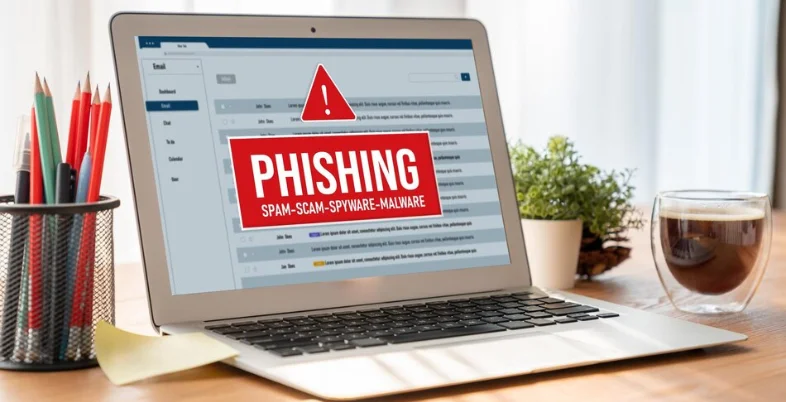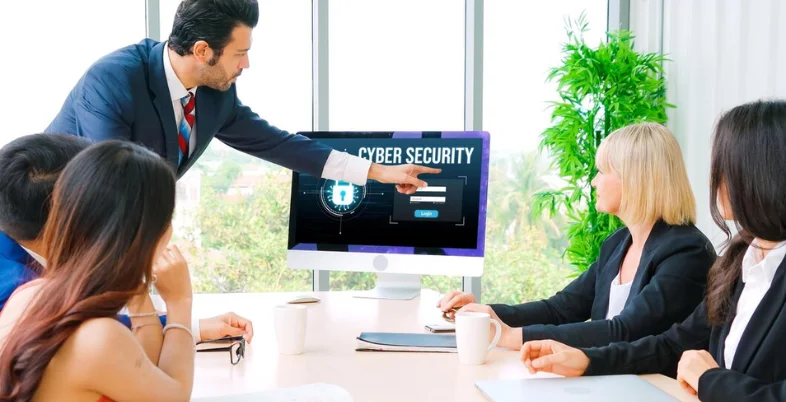
Phishing threats are a common and significant security challenge for organizations of all sizes. Phishing is a type of cyberattack where attackers deceive individuals into providing sensitive information, such as usernames, passwords, and credit card details, by masquerading as a trustworthy entity.
The consequences of falling for phishing scams can be dire, including financial loss, data breaches, and reputational damage. Therefore, educating employees about phishing threats is crucial in safeguarding an organization’s security perimeter.
This blog post will explore effective strategies for how to educate employees about phishing threats and enhance the overall security posture of your organization.
Understanding Phishing Threats
Before diving into the methods of education, it’s essential to understand the various types of phishing threats. Phishing can occur through different channels, including email, phone calls (vishing), text messages (smishing), and social media. Attackers often use sophisticated techniques to make their phishing attempts look legitimate, such as spoofing email addresses, creating fake websites, and crafting convincing messages.
The Importance of Phishing Training
One of the most effective ways to educate employees about phishing threats is through phishing training programs. These programs are designed to raise awareness about phishing tactics, demonstrate how to recognize phishing attempts, and teach employees the appropriate actions to take when they encounter suspicious messages. Phishing training should be an ongoing effort, as cyber threats continually evolve, and attackers develop new tactics.
Implementing Comprehensive Training Programs

1. Regular Training Sessions
Regular training sessions are essential to keep employees informed about the latest phishing threats and prevention techniques. These sessions can be conducted in person or online, depending on the organization’s preferences and resources. Training should be interactive and engaging to ensure that employees retain the information. Incorporating real-life examples of phishing attempts can help employees understand the tactics used by attackers and how to identify them.
2. Simulated Phishing Exercises
Simulated phishing exercises are an effective way to test employees’ knowledge and preparedness in a controlled environment. These exercises involve sending fake phishing emails to employees to see how they respond. The results of these exercises can provide valuable insights into the effectiveness of the training program and identify areas where additional education is needed. It’s important to provide constructive feedback to employees who fall for the simulated phishing attempts and reinforce the correct actions to take.
3. Clear Reporting Mechanisms
Employees should know how to report suspicious emails and other phishing attempts. Establishing a clear and straightforward reporting mechanism encourages employees to report potential threats promptly. This can include a dedicated email address or an internal reporting tool. It’s also important to educate employees about the importance of reporting phishing attempts, as it helps the organization take timely action to mitigate the threat.
4. Awareness Campaigns
Awareness campaigns can complement formal training programs by keeping the topic of phishing threats top of mind for employees. These campaigns can include posters, newsletters, and intranet articles that highlight the latest phishing tactics and provide tips for staying safe. Gamification can also be a powerful tool in awareness campaigns, where employees earn rewards for correctly identifying phishing attempts or participating in training activities.
5. Leadership Involvement
Leadership involvement is crucial in reinforcing the importance of phishing education. When leaders actively participate in training sessions and promote awareness campaigns, it sends a strong message to employees about the organization’s commitment to security. Leadership can also help allocate resources for training programs and ensure that they are integrated into the overall security strategy.
Key Topics to Cover in Phishing Education

1. Recognizing Phishing Emails
Educate employees on the common signs of phishing emails, such as suspicious sender addresses, generic greetings, unexpected attachments or links, and urgent or threatening language. Providing examples of real phishing emails can help employees better understand what to look for.
2. Safe Browsing Practices
Teach employees safe browsing practices, such as verifying the legitimacy of websites before entering sensitive information, avoiding clicking on links in unsolicited emails, and using secure connections (HTTPS).
3. Password Security
Emphasize the importance of strong, unique passwords for different accounts and the use of password managers. Educate employees about the risks of sharing passwords and the importance of enabling multi-factor authentication (MFA) where possible.
4. Social Engineering Tactics
Inform employees about social engineering tactics used by attackers to manipulate individuals into divulging sensitive information. This includes pretexting, baiting, and tailgating. Understanding these tactics can help employees stay vigilant and recognize potential threats.
5. Incident Response
Ensure that employees know the steps to take if they suspect they have fallen victim to a phishing attack. This includes reporting the incident to the IT department, changing passwords, and monitoring accounts for suspicious activity.
Wrapping Up
Educating employees about phishing threats is a critical component of an organization’s security strategy. By implementing comprehensive training programs, conducting simulated phishing exercises, and promoting ongoing awareness campaigns, organizations can significantly reduce the risk of falling victim to phishing attacks. Leadership involvement and clear reporting mechanisms further enhance the effectiveness of these efforts. Remember, a well-informed and vigilant workforce is one of the best defenses against phishing threats.